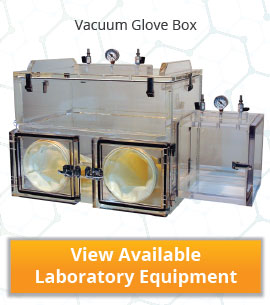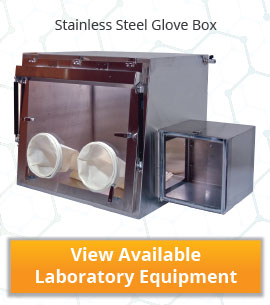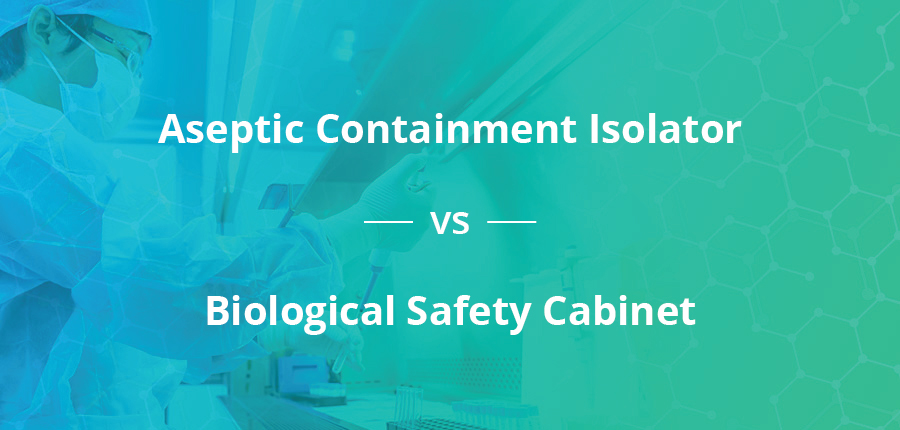
Aseptic Containment Isolator vs Biological Safety Cabinet
Aseptic Containment Isolators (CACI) and Biological Safety Cabinets (BSCs) are a type of containment cabinet commonly used in the pharmaceutical industry. These two devices were designed and created to shield laboratory workers from inhaling toxic agents and prevent the spread of infectious microorganism around the laboratory.
Aseptic Containment Isolators or Biological Safety Cabinets?
Before purchasing a containment cabinet for your pharmaceutical or research laboratory there are a few variables to consider between an Aseptic Containment Isolators and Biological Safety Cabinets.
Let’s dive into the advantages and disadvantages of an Aseptic Containment Isolators and a Biological Safety Cabinet.
Aseptic Containment Isolators (CAI)
Aseptic containment isolator is also called laminar flow glovebox isolator. These containment isolators provide pharmacy technicians with a method of handling material during the compounding and material transfer process by providing a complete barrier from the material and technician. A series of HEPA filter help filter contaminated air from being recirculated back into the lab.
This barrier isolator is available for non-hazardous and hazardous material handling and provide a clean and safe atmosphere. When working with non-hazardous material, a compounding aseptic isolator (CAI) is used to create a positive pressure controlled environment. When handling hazardous material, a compounding aseptic containment isolator (CACI) is used to create a negative pressure controlled environment.
Biological Safety Cabinets (BSCs)
Biological Safety Cabinets or BSCs are often used in research laboratories in a wide variety of applications including handling pathogen microorganisms, human or animal tissue, recombinant DNA, transgenic plants, human gene studies, genetically modified microorganisms. Biosafety cabinet utilizes laminar air flow to protect the lab technician and environment from exposure to biohazards. BSCs are available in three classes; Class I, Class II, and Class III. Class I is fit for handling low to moderate risk biohazards, Class II is suitable for low, moderate and high-risk microorganisms, and Class III provides the highest level of safety for handling high-risk infectious agents. Class II and Class III use HEPA filters to remove microscopic contaminants from the air that is being recirculated back into the laboratory.
Aseptic Containment Isolators (CAI) Diagram
(Cutaway Side View)
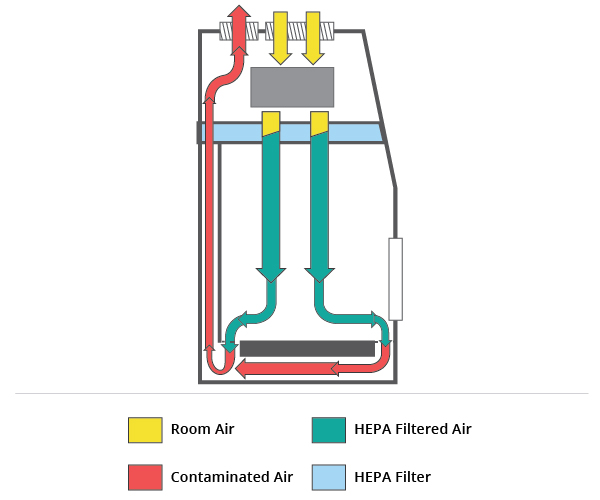
Biological Safety Cabinets (BSCs) Diagram
(Cutaway Side View)
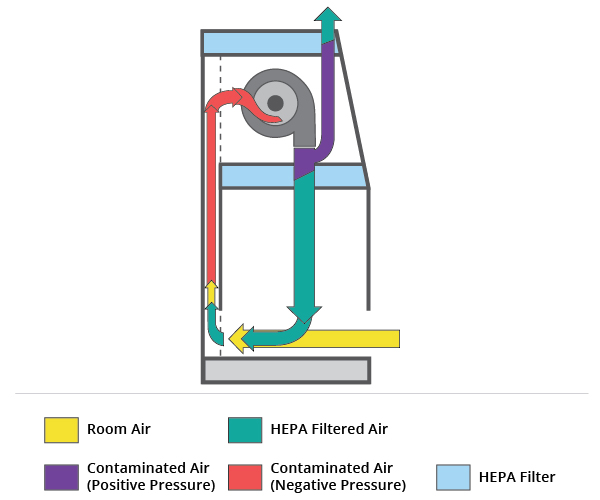
Physical Barrier
A closed containment cabinet such as an Aseptic Containment Isolator (CAI), Compounding Aseptic Containment Isolator (CACI), and Biological Safety Cabinet Class III are safe options to use in research laboratories limiting exposure of lab personnel, providing a clean work environment, avoid pathogenic microorganisms to exit or enter the cabinet, and prevent cross-contamination.
Unlike the closed containment cabinets, biosafety cabinets Class I and Class II has a front opening. This open increases the risk of pathogens escaping the cabinet through the front opening. These lower class level of biological cabinets are not ideal when handling moderate to high-risk hazardous material.
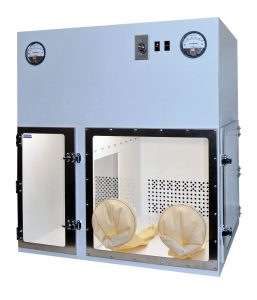
Aseptic Containment Isolators (CAI)
Pros
- Fully enclosed cabinet
- Physical barrier
- Negative pressure isolation
- Allow work of high-level toxic drugs
- Glove box enclosure
- A lab technician is removed from the environment
- Transfer chamber provides an additional layer of protection
Cons
- Not great at controlling heat or smoke
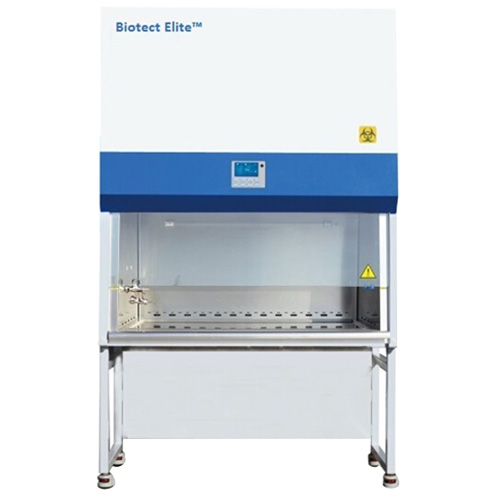
Biological Safety Cabinets (BSCs)
Pros
- Allow work on low and moderate risk pathogens
- BSC Class III is suitable for moderate to high-risk pathogen
- Removes large volumes of smoke & heat
Cons
- BSC Class I and Class II have a front opening increasing risk exposure to hazardous agents
- Airflow disturbance can cause contamination
- High-cost item
For product description and price visit Cleatech.com

